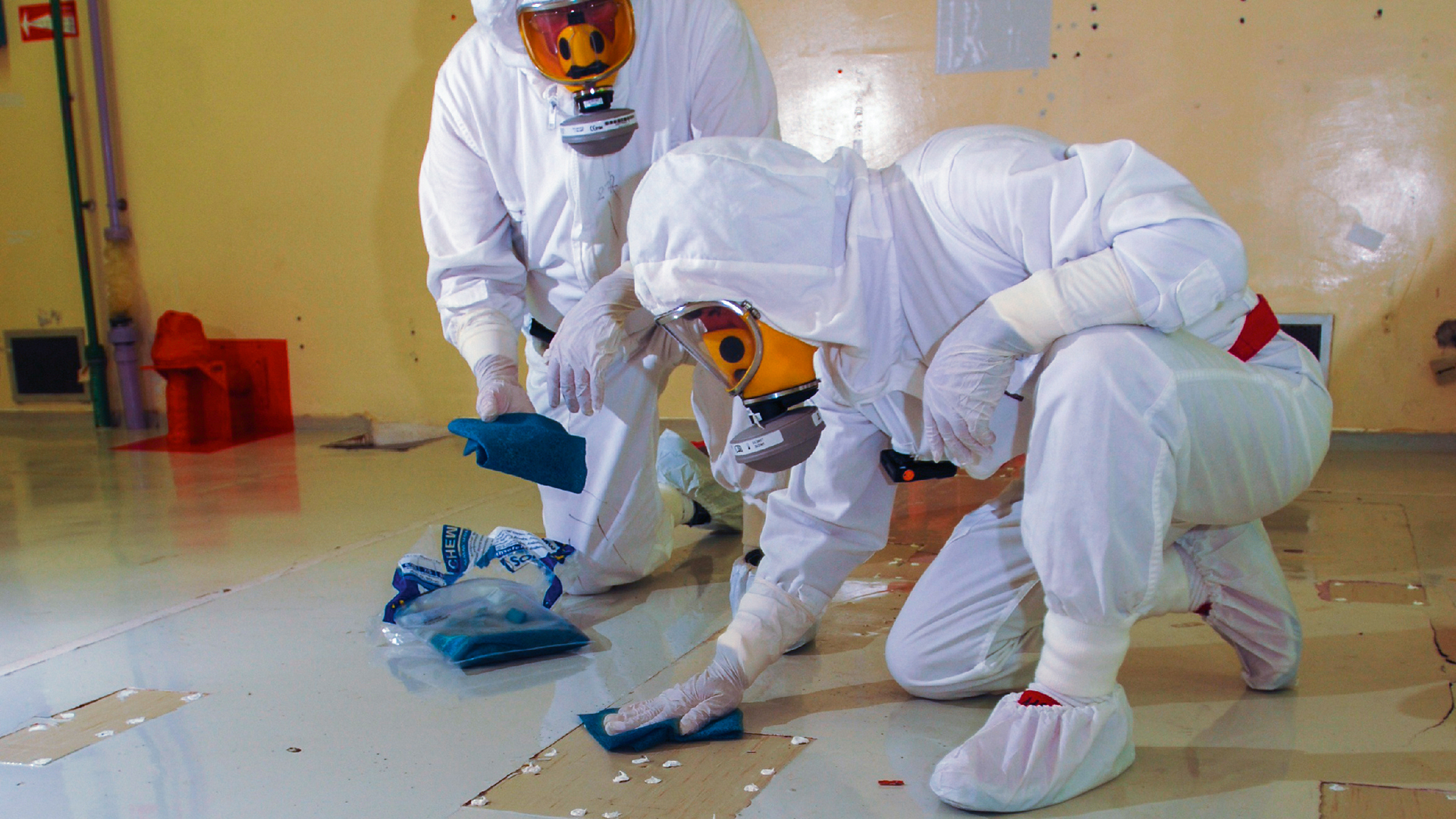In our modern world, where technology is pervasive and radiation is ever-present, it is crucial to take proactive steps to prevent its harmful effects.
This article aims to provide a comprehensive guide on how to minimize exposure to radiation in everyday life.
By understanding the sources of radiation Nuclear radiation shielding, implementing protective measures for mobile devices and Wi-Fi, and creating a radiation-free home environment, individuals can empower themselves to create a safer and healthier living environment.

Understanding the Sources of Radiation
The identification and comprehension of the various sources of radiation is crucial in developing effective strategies for its prevention. Radiation can emanate from both natural and man-made sources.
Natural sources include cosmic radiation from the sun and outer space, as well as radioactive materials within the Earth’s crust.
Man-made sources of radiation include medical imaging procedures, nuclear power plants, industrial processes, and consumer products such as smoke detectors and fluorescent lights.
In order to protect individuals from the harmful effects of radiation exposure Accentrix SDN BHD, radiation safety guidelines have been established. These guidelines outline permissible radiation levels and provide recommendations for minimizing exposure.
Radiation protection methods include shielding, distance, and time. Shielding involves using barriers such as lead or concrete to block or absorb radiation. Maintaining distance from radiation sources and limiting exposure time are also effective ways to minimize risk.
Understanding the sources of radiation is essential in implementing appropriate safety measures and ensuring the well-being of individuals.
Minimizing Exposure in Everyday Life
Minimizing exposure to radiation in everyday life is essential for maintaining optimal health and well-being. It is important to understand the potential health risks associated with prolonged radiation exposure and take necessary precautions to reduce our exposure.
Reducing radiation in the workplace is a crucial step towards achieving this goal. Employers should implement strict safety protocols and provide appropriate protective equipment to minimize the risk to their employees.
Additionally, individuals can take proactive measures such as limiting the use of radiation-emitting devices, maintaining a safe distance from radiation sources, and ensuring proper shielding when necessary.
It is also important to stay informed about the latest research and guidelines regarding radiation exposure to make informed decisions. By being vigilant and proactive, we can reduce our exposure to radiation and safeguard our health.
Creating a Radiation-Free Home Environment
Creating a home environment free from radiation is essential for promoting a safe and healthy living space. Exposure to radiation can have detrimental effects on our health, including increased risk of cancer and other diseases.
To minimize radiation in our homes, it is important to utilize radiation blocking materials and implement natural remedies. Radiation blocking materials such as lead-based paints, aluminum foil, and metalized fabrics can be used to create barriers against electromagnetic radiation.
Additionally, incorporating natural remedies like houseplants, salt lamps, and grounding techniques can help to neutralize and absorb radiation.
It is crucial to regularly assess and address potential sources of radiation in our homes, such as Wi-Fi routers, cell phones, and electrical appliances.

Protective Measures for Mobile Devices and Wi-Fi
Protecting mobile devices and Wi-Fi networks is crucial in ensuring minimal exposure to harmful radiation. With the increasing use of wireless technology, it is important to take measures to reduce the potential risks associated with electromagnetic radiation.
One way to protect yourself is by using protective clothing specifically designed to block or minimize radiation. These garments are made using special fabrics that contain metallic fibers, which act as a shield against electromagnetic fields.
Additionally, it is advisable to use electromagnetic field (EMF) detectors to identify areas with high levels of radiation. These devices measure the strength of electromagnetic fields emitted by mobile devices and Wi-Fi networks, allowing you to avoid prolonged exposure.
Additional Precautions for Specific Situations
When it comes to specific situations, such as using mobile devices in crowded areas or near sensitive medical equipment, it is important to exercise caution and be mindful of potential interference that could arise. In terms of emergency preparedness and travel safety, it is crucial to understand the potential risks associated with these situations and take appropriate precautions.
One way to mitigate interference is to turn off or put mobile devices in airplane mode in crowded areas or when near medical equipment. This will help reduce the electromagnetic emissions that could potentially cause interference. Additionally, keeping a safe distance from sensitive medical equipment is advisable to minimize any possible disruption.
Furthermore, it is recommended to familiarize oneself with local regulations and guidelines regarding the use of mobile devices in specific areas or during travel. Some areas may have restrictions or guidelines in place to ensure safety and prevent interference in emergency situations.
Overall, being knowledgeable about potential risks and taking proactive measures can help ensure the safety and well-being of individuals in specific situations involving mobile devices and sensitive equipment, especially in emergency and travel settings.
Conclusion
In conclusion, understanding the sources of radiation and taking proactive steps to minimize exposure can help prevent the potential harmful effects.
Creating a radiation-free home environment, implementing protective measures for mobile devices and Wi-Fi, and taking additional precautions in specific situations can further contribute to reducing radiation exposure.
By following these guidelines, individuals can prioritize their health and well-being in the face of modern technological advancements.
